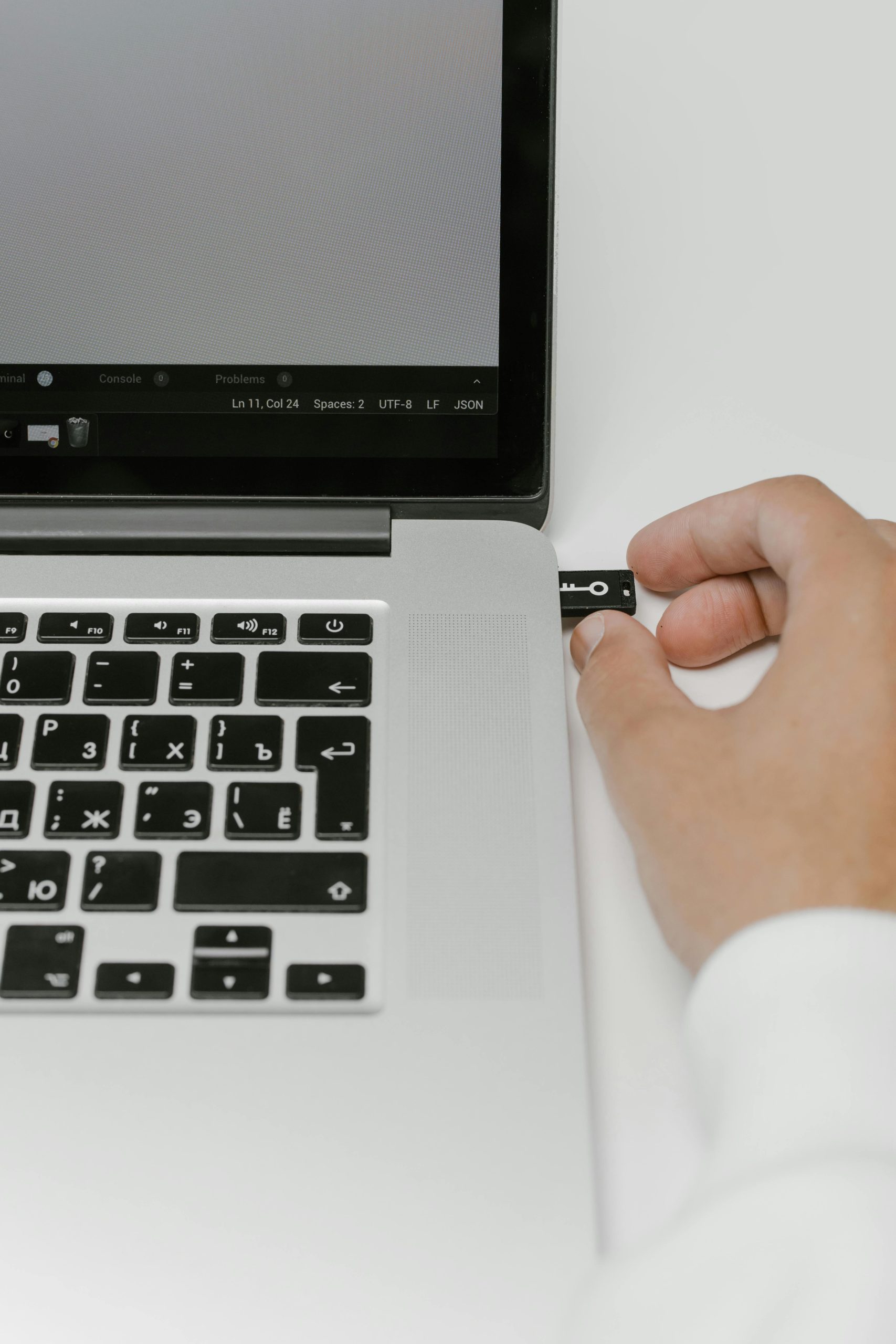Ensuring System Security: Using USB-Based Factory Reset for Windows 11 to Protect Against Malware
In today’s digital environment, safeguarding your computer against potential malware threats is essential. One effective method is performing a factory reset using a bootable USB drive. This approach provides a clean slate, removing malicious software and restoring your system to its original state. In this article, we outline the steps involved in creating and using a USB-based factory reset for Windows 11, along with considerations to ensure a smooth and secure process.
Assessing and Mitigating Malware Risks
Recently, I encountered an unexpected situation while streaming sports content on my PC. A suspicious Opera GX executable was downloaded without my knowledge—likely due to an adblock failure. Upon realizing this, I promptly executed comprehensive scans with Malwarebytes and Windows Defender, and uploaded the suspicious file to VirusTotal for further analysis. Although these security measures indicated no active threats, I decided that performing a complete system reset was the safest course of action, especially since minimal important data was stored on the device.
Preparing for a Factory Reset with a Bootable USB
To perform a thorough reset, utilizing the Windows Media Creation Tool to create a bootable USB drive is an effective method. This process involves several key steps:
-
Creating the Bootable USB Drive:
- Download the Windows Media Creation Tool from the official Microsoft website.
- Run the tool on a clean, secure PC (preferably a work or trusted device).
- Follow the prompts to create a bootable USB with the latest Windows 11 installation files.
-
Configuring BIOS Settings:
- Connect the USB drive to your target PC.
- Power on or restart the PC and enter the BIOS/UEFI firmware settings (commonly by pressing keys like F2, F12, DEL, or ESC during startup).
- Change the boot order to prioritize booting from USB.
-
Booting and Initiating Reset:
- Save BIOS changes and restart the computer.
- The system should boot from the USB installer.
- Follow the on-screen instructions to initiate the installation or reset process.
Key Considerations During the Reset Process
-
Do You Need to Reset Before Using the USB?
Typically, booting from the USB drive initiates a fresh installation process that erases the current operating system. Therefore, a prior reset isn’t necessary; the USB boot process covers this. -
Windows License and Activation:
Share this content:



